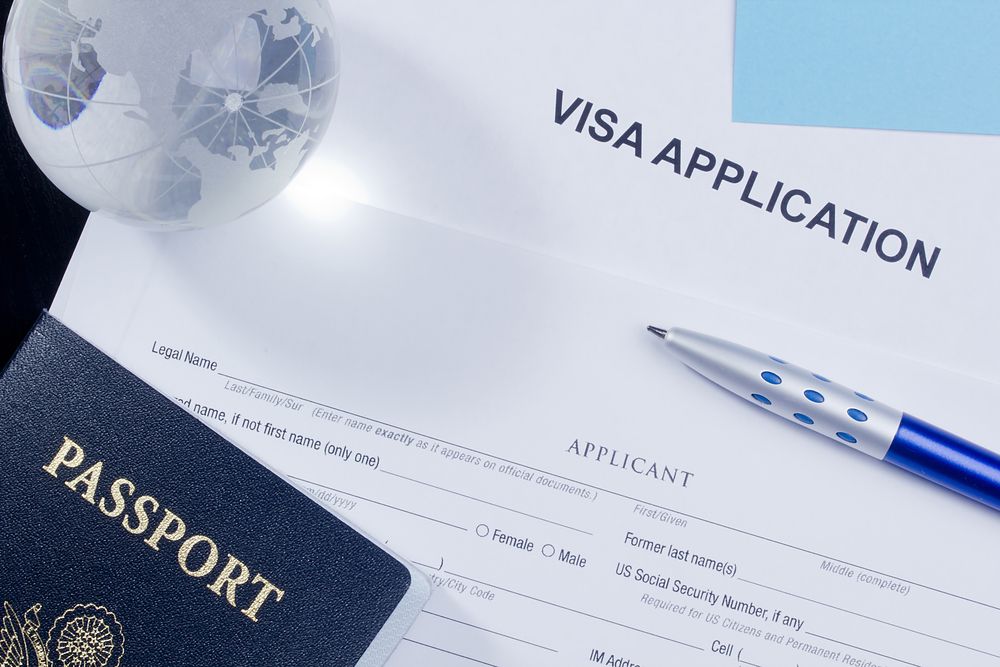The US continues to be the top choice for students planning to study abroad. If you are among the few who aspire and have already gotten admission into your aspired university, applying for a visa is the next important step to turning your dream into reality. To help you out, we have prepared a student visa guide that examines the various types of student visas to give you a better understanding of how the system works.
Types of student visas
There are three types of US student visas:
1. US F1 Student Visa
- Students applying for a program that requires more than 18 hours of study in a week will require an F1 visa. This includes all undergraduate programs as well as graduate programs like MS, MBA, etc.
- Spouses or children accompanying F1 visa receipts will travel on an F2 visa. It is important to remember that spouses will not be able to work but may accompany and/or apply for their own visa to the US to work or study
2. J1 Exchange visitor US student visa
- This is also for students, visiting scholars, and lecturers pursuing an exchange program. For example, Fulbright scholarships, and many students going for short-term study abroad programs from international universities will travel to the US on a J1 visa
- J1 visa is usually sought by a working professional who goes to the US on an exchange program, therefore the name Exchange visitor visa includes 10 months of vocational training or some research fellowship. Whatever the case is, the applicants will be notified of the same by their respective institutions
- Spouses or children accompanying J1 visa holders will travel on a J2 visa
3. M1 Vocational or Non-academic US student visa
- This is a type of student visa reserved for vocational and technical schools. While the process for the F1 and M1 visas are quite similar, the M1 visas are time-stamped and students cannot overstay their visit
Cost of visas
There are two fees associated with for F1 student visa for the USA
- SEVIS fee which is at present at $350 (INR 26,256)
- Visa Application Fee (MRV Fee) which is at present $160 (INR 12,003)
Documents required for an F1 visa application
For a visa application, you need to carry a lot more documents than a tourist visa interview. Ensure you follow this checklist before you go for your student visa interview:
- A valid passport with a validity of at least six months beyond your period of stay
- A printed copy of your DS-160
- SEVIS fee receipt
- Interview appointment letter
- Form I-20 sent by college
- Visa fee payment confirmation receipt
- Bank statement for at least three years
- Pay/salary slips
- Original marksheet/ provisional certificate
- Score sheet of exams like TOEFL/ GMAT/ IELTS
Additional information
F1 visa holders are eligible for up to 12 months of OPT (Optional Practical Training) after graduation, which means you can work for a year after you finish your studies. It is a form of temporary employment that allows international students to gain practical experience in their field of study. Once that period is over, you will be required to apply for a work visa if you have to continue working in the U.S.
Where to Apply
The process of getting an F1 visa is entirely online. Below are the resources to fill out your forms –
If you are planning to apply for a student visa, sign up for a Zolve Credit Card and Zolve Bank Account, and start building your credit footprint in the country from Day 1.

